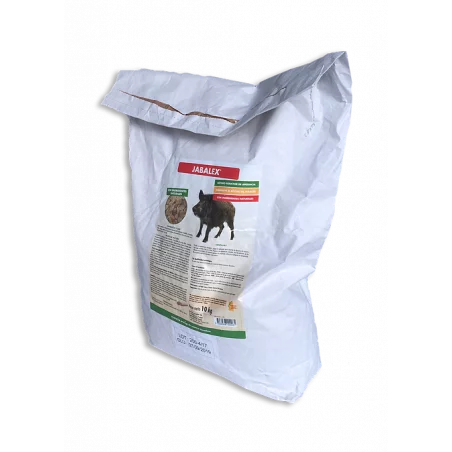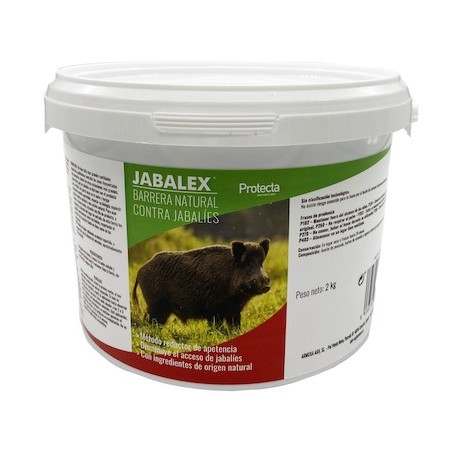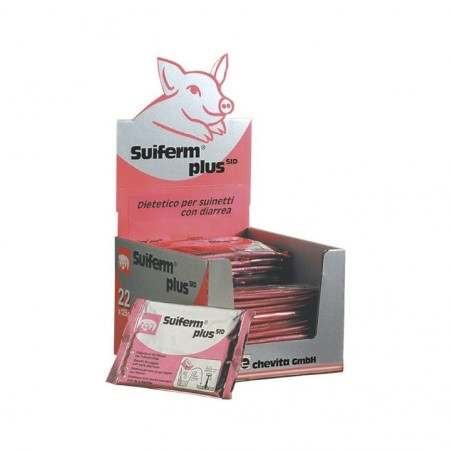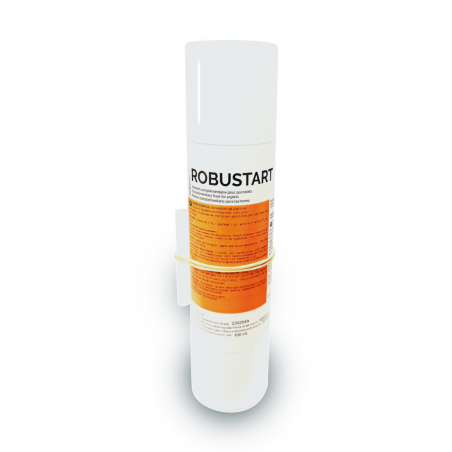Thank you, reader who followed this series as we critically reviewed our current understanding of the microbiota and swine production. Despite facing many challenges, selected strategies were shown to have a beneficial impact on the swine gut microbiota. Here we will focus on a simple management strategy that can have an impact on the piglet’s most challenging time in life: the weaning period.
It is not a surprise to anyone familiar with pork production that weaning is a challenging time for the animals, producers and veterinarians. The stress of weaning includes diet change, mixing with different groups of pigs, and potentially having to move pigs to different rooms/buildings/sites/countries! On top of this, weaning also means the end of passive immunity. Pigs are pushed to quickly adapt to their environment, new diet and new… microbiome?

The most radical change in the gut microbiota of any pig happens at weaning. This is evidenced when investigating the beta-diversity associated with piglets from farrowing to weaning (Figure 1). As a recap, beta-diversity is a measurement of the similarity between samples. For example: how many bacteria in the microbiome of a piglet is present on their first day of life, and at 21 days of age? Therefore, ANY measure that helps pigs adjust to life post-weaning is important. It is well established that the dietary shift associated with weaning – from liquid, lactose rich milk to solid feed with other carbohydrate sources - shapes the gut enzymatic profile changes during weaning. Briefly, we observe progressively decreased lactase and increased amylase, maltase, and sucrase activity. The gut microbiome also needs to adapt to this new environment, and new energy sources. The microbes, much like its host, are fed by the content traveling through the gastrointestinal lumen. Interestingly, the most recent research suggests that, differently from what has been shown for other species, the microbiota of healthy or high-performing piglets is less diverse than that of piglets with diarrhea or poor performers.
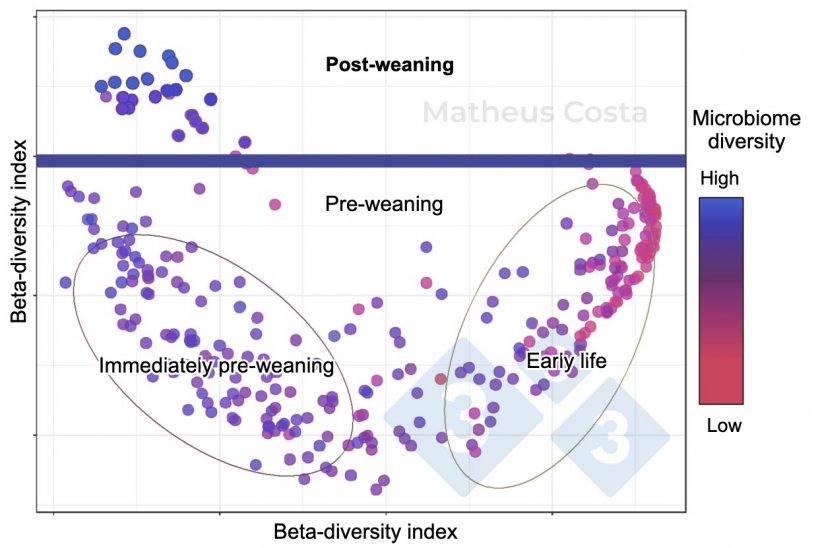
How can we help the gut microbiota through weaning?
Exposing piglets to solid feed pre-weaning (creep-feeding) can help seed the gut microbiome with microbes that will more promptly respond to the changes brought by weaning. Creep-feeding essentially allows for bacteria that use energy sources other than lactase to start proliferating, thus changing the gut microbiome functional profile (something we have discussed in Part 3). It accelerates microbiome maturation, increases microbial diversity, reduces diarrhea episodes in the first week post-weaning and appears to increase long-term weight gain (Choudhury et al., 2021. Shim et al., 2005. Want et al., 2019. Frese et al., 2015). There are obviously variations due to different feed formulations, but overall creep-feeding appears to positively prepare the gut and its microbiota for the challenges of weaning (and after). A parallel, observing the differences in lifestyle, can be drawn with free ranging/wild pigs, as their young have access to dirt and other feed it enables the maturation of their gut microbiota. Creep-feeding also supports the concept of a resilient microbiome (as discussed in Part 3 of this series). Following the disturbance associated with weaning, piglets exposed to creep-feeding have a less pronounced change in their gut microbiome profile. In other words, their microbiome is more resilient to change.
A variety of studies have investigated the effects of prebiotics, probiotics, symbiotic and postbiotics on swine health and performance. Lasting changes to the microbiota require repeated introduction/depletion of specific microbes, as we discussed in Part 2. It is important to be aware that results from such studies are not often reproduced. This is likely due to the reasons discussed in Part 1 – and how we replicate the analytical methods to verify findings.





